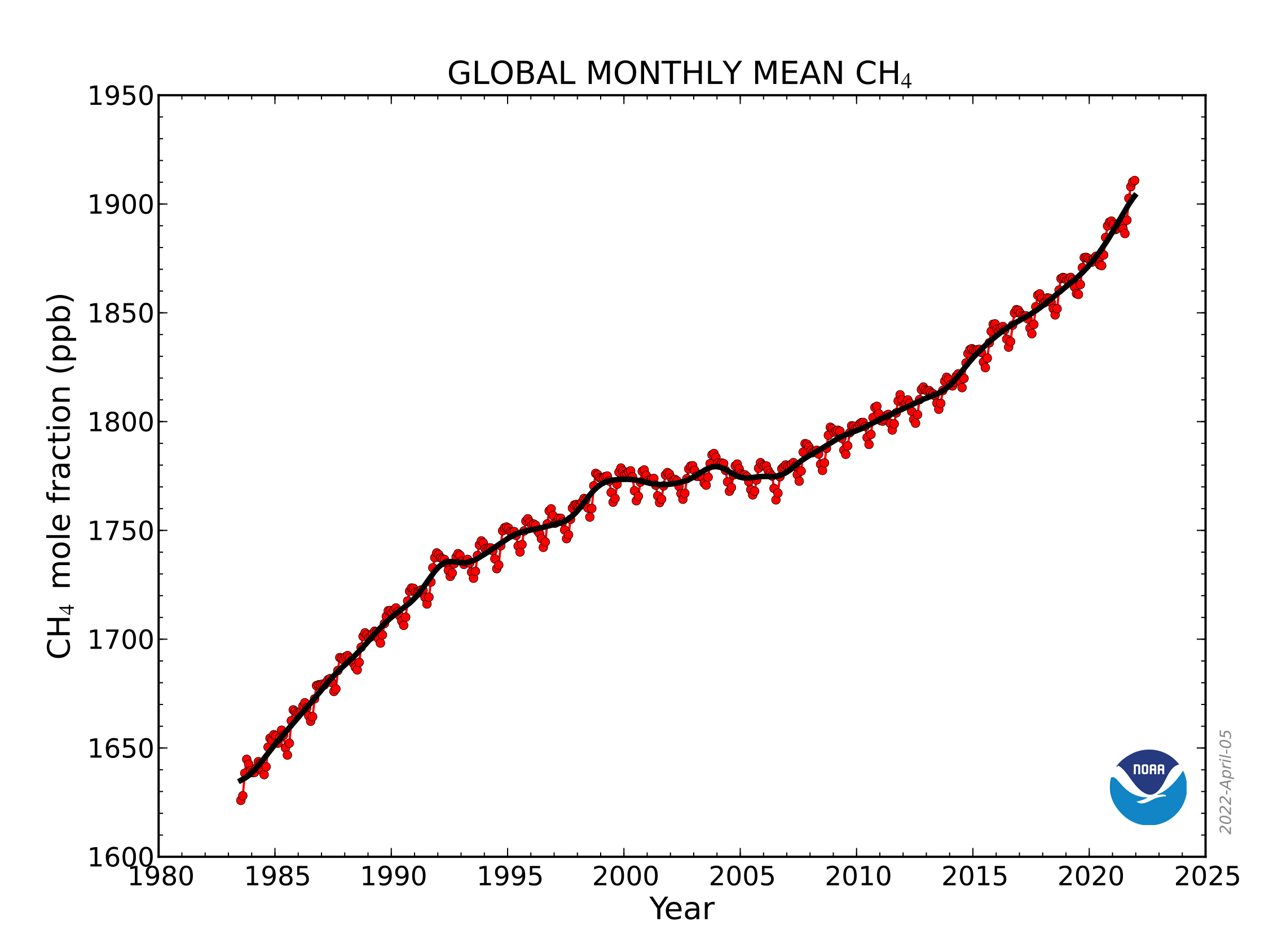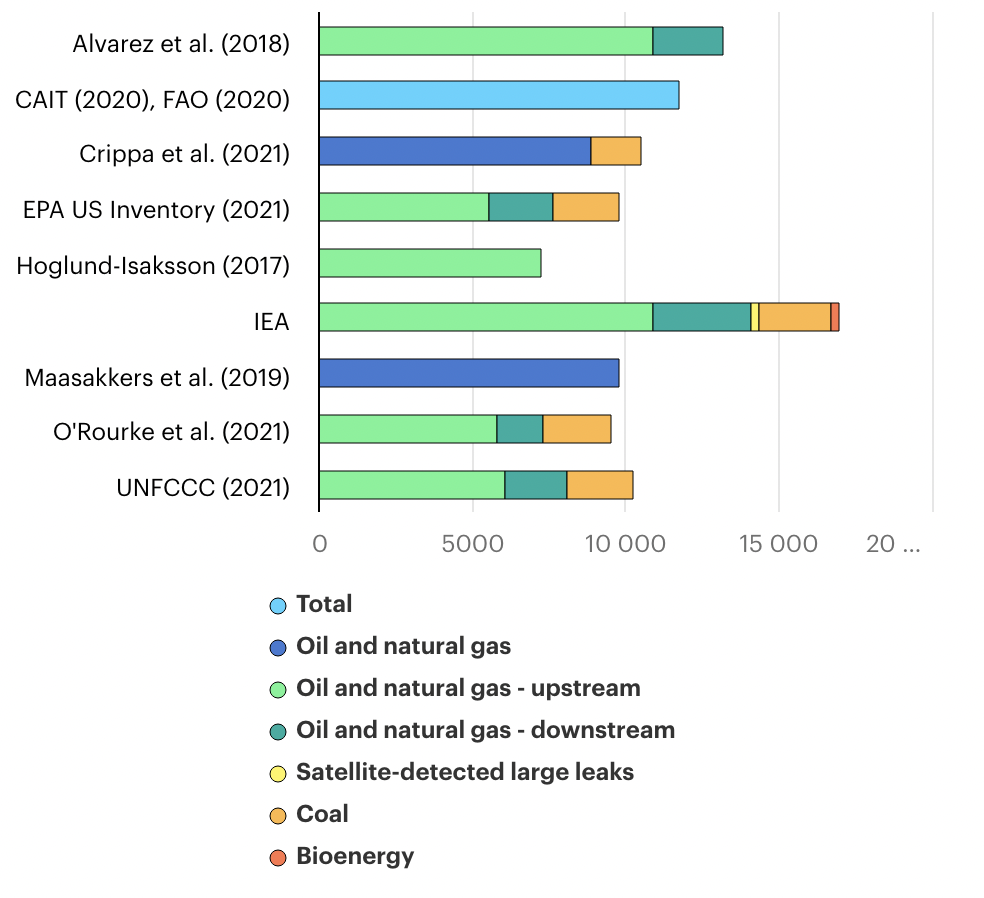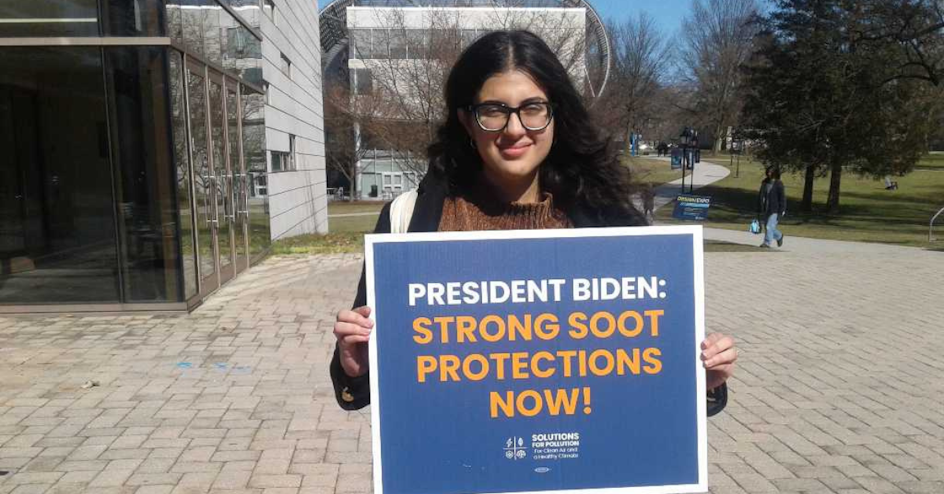EPA Spending and Regulatory Policies under the Inflation Reduction Act and Bipartisan Infrastructure Law
Subcommittee hearing titled “Holding the Biden-Harris EPA Accountable for Radical Rush-to-Green Spending.”
Witness:- Sean W. O’Donnell, Inspector General, U.S. Environmental Protection Agency
EPA's Risk Management Program Rules
The Subcommittee on Environment, Manufacturing, and Critical Materials will hold a hearing on May 7, 2024, at 10:00 a.m. (ET) in 2123 Rayburn House Office Building. The title of the hearing is “EPA’s RMP Rule: Failures to Protect the American People and American Manufacturing.”
Witnesses:- Gentner Drummond, Attorney General, State of Oklahoma, testifying the rules are “openly hostile to America’s oil and gas industry”
- Jatin Shah, Senior Principal Consultant, BakerRisk
- Richard Erstad, Vice President and General Counsel, Hawkins, Inc. on behalf of the Alliance of Chemical Distributors
- James “Jim” Savage, Legislative Representative, United Steelworkers International Union
In the Clean Air Act (CAA) Amendments of 1990, Congress consciously separated responsibilities at a plant using certain chemicals for activities before an accident and after an accident occurred, as well as those activities inside a plant fence line and outside of it. Section 304 of the CAA Amendments of 1990 directed Occupational Safety and Health Administration (OSHA) to take the lead on protecting workers within a facility’s fence line, thinking OSHA was best equipped to handle these issues. By contrast, Congress, in section 301 of the CAA Amendments of 1990, gave the Environmental Protection Agency (EPA) authority to protect the environment and human health beyond the fence-line.
Section 301 of the CAA Amendment of 1990, which created CAA section 112®, was intended to prevent the “unanticipated emission of a regulated substance or other extremely hazardous substance into the ambient air from a stationary source” and to minimize the consequences of those releases. Paragraph (7) of CAA section 112® grants the EPA the authority to issue accidental release prevention, detection, and correction requirements and guidance that has manufacturers prevent and manage those accidental risks through manufacturers’ risk management program (RMP) plans.
The EPA originally issued the RMP regulations in two stages: the list of hazardous substances and quantities in 1994 and the risk management requirements in 1996.10 Subsequently, and until 2017, the EPA modified the original RMP rules five times (twice in 1999, twice in 2000, and once in 2004).
On January 13, 2017, the EPA published amendments to the RMP rule (82 FR 4594). The 2017 amendments rule was prompted by E.O. 13650, “Improving Chemical Facility Safety and Security,” which directed the EPA (and several other Federal agencies) to, among other things, modernize policies, regulations, and standards to enhance safety and security in chemical facilities. The 2017 amendments rule contained various new provisions applicable to RMP-regulated facilities. The 2017 amendments rule addressed prevention program elements for natural hazards, incident investigation root cause analysis, and third-party compliance audits; emergency response coordination with local responders (including emergency response exercises); and availability of information to the public. The EPA received three petitions for reconsideration of the 2017 amendments rule under CAA section 307(d)(7)(B). In December 2019, the EPA finalized revisions to the RMP regulations to reconsider the rule changes made in January 2017 (“2019 reconsideration rule”). The 2019 reconsideration rule rescinded certain information disclosure provisions of the 2017 amendments rule, removed safer technologies and alternative analysis (STAA) requirements added by the 2017 amendments rule, and modified some other provisions of the 2017 amendments rule. The rule changes made by the 2019 are the current RMP regulations until May 10, 2024. There are petitions for judicial review of both the 2017 amendments rule and the 2019 reconsideration rule. The 2019 reconsideration rule challenges are being held in abeyance. EPA has requested that the Court allow this to occur until the resolution of any legal challenges to 2024 RMP rule amendments or 30 days after the deadline to file such challenges if no challenges are filed. The case against the 2017 amendments rule is in abeyance pending resolution of the 2019 reconsideration rule case. As a result of the EPA review, on March 11, 2024, the EPA promulgated final regulations amending its RMP regulations. The revisions, which are scheduled to become effective on May 10, 2024, include several changes to the accident prevention program requirements for natural hazards, power loss, and STAA, as well as enhancements to the emergency response requirements, expansion of public availability of chemical hazard information, third-party audit and record-keeping requirements, and mandatory employee rights and participation.
Tell the EPA: Strong Soot Protections Now!
Toxic soot pollution affects millions, but it doesn’t need to be this way.
Right now thousands people are fighting hard to ensure the EPA doesn’t let big polluters off the hook when it comes to setting the strongest possible standards on soot pollution.
Join us at the EPA HQ for our final public testimony as the comment window on national ambient air quality standards (NAAQS) for particulate matter (PM) closes.
And please spread the word about this event demanding clean air and healthier communities now
U.S. Environmental Protection Agency Headquarters 1200 Pennsylvania Avenue NW
Assessing Federal Programs for Measuring Greenhouse Gas Sources and Sinks
- Dr. Eric K. Lin, Director, Material Measurement Laboratory, National Institute of Standards and Technology
- Dr. Ariel Stein, Acting Director, Global Monitoring Laboratory and Director, Air Resources Laboratory, National Oceanic and Atmospheric Administration
- Dr. Karen M. St. Germain, Earth Science Division Director, Science Mission Directorate, National Aeronautics and Space Administration
- Dr. Bryan Hubbell, National Program Director for Air, Climate, and Energy, Office of Research and Development, United States Environmental Protection Agency
Detecting and Quantifying Methane Emissions from the Oil and Gas Sector
The purpose of this hearing is to assess the challenge of oil and gas sector methane leaks from a scientific, technological, and policymaking perspective. The hearing will discuss the current scientific consensus regarding the role of methane leaks as a driver of oil and gas sector methane emissions. The hearing will highlight recent advances in innovative leak detection and repair technologies, as well as the importance of deploying such technologies broadly throughout oil and gas sector operations to achieve large-scale reductions in methane emissions. Finally, the hearing will examine research gaps related to oil and gas sector methane emissions and opportunities for the Federal government to support scientific research activities pertaining to oil and gas sector methane leaks.
Committee staff conclude that oil and gas companies are failing to design, equip, and inform their Methane Leak Detection and Repair (LDAR) activities as necessary to achieve rapid and large-scale reductions in methane emissions from their operations. The sector’s approach does not reflect the latest scientific evidence on methane leaks. Oil and gas companies must change course quickly if the United States is to reach its methane reduction targets by the end of this decade. The Committee staff also learned that oil and gas companies have internal data showing that methane emission rates from the sector are likely significantly higher than official data reported to EPA would indicate. A very significant proportion of methane emissions appear to be caused by a small number of super-emitting leaks. One company experienced a single leak that may be equivalent to more than 80% of all the methane emissions it reported to EPA – according to EPA’s prescribed methodology – for all of its Permian oil and gas production activities in 2020.Witnesses:
- Dr. David Lyon, Senior Scientist, Environmental Defense Fund
- Riley Duren, Chief Executive Officer, Carbon Mapper
- Dr. Brian Anderson, Director, National Energy Technology Laboratory
- Dr. Greg Rieker, Co-Founder and CTO, LongPath Technologies, Inc.
FY2023 Budget Request for the Environmental Protection Agency
- Faisal Amin, Chief Financial Officer, Environmental Protection Agency
- Michael Regan, Administrator, Environmental Protection Agency
Atmospheric methane continues to rocket up at record rates
 Atmospheric methane continues to rocket up at record rates, NOAA reported yesterday. As fracking booms, methane levels increased by 17 parts per billion in 2021, breaking the 2020 record of 15.3 ppb. Concentrations of this powerful greenhouse pollutant are now 162 percent of their pre-industrial levels, as the Biden administration pushes for more natural gas production and export.
Atmospheric methane continues to rocket up at record rates, NOAA reported yesterday. As fracking booms, methane levels increased by 17 parts per billion in 2021, breaking the 2020 record of 15.3 ppb. Concentrations of this powerful greenhouse pollutant are now 162 percent of their pre-industrial levels, as the Biden administration pushes for more natural gas production and export.
I will take this moment to remind readers that the EPA is undercounting methane pollution by 77 percent.
The essential Kate Aronoff castigates the incoherence of Democrats in Congress who claim to care about the climate crisis begging oil CEOs to increase fossil-fuel production, instead of acting to take their billions in windfall profits and stop their greenhouse pollution:
Appealing to these CEOs’ better angels is pointless. Although they hand fossil fuel companies billions in subsidies each year, American policymakers mostly confine themselves to begging or berating them into doing what they want.
As Adam Tooze writes in his review of three recent books by Andreas Malm:
To harp on the climate crisis while doing nothing about it is, in the long run, intolerable. Liberals’ failures make Trump look honest. He may deny the science, but at least he’s true to himself.
Public Meeting of the Chartered CASAC and the CASAC PM Panel
A Public Meeting of the Chartered Clean Air Scientific Advisory Committee (CASAC) and CASAC Particulate Matter Panel.
Agenda: To discuss the Draft CASAC Report on EPA’s Draft Supplement to the 2019 Integrated Science Assessment (ISA) for PM and the Draft CASAC Report on EPA’s Draft PM Policy Assessment (PA).
| 11:00 AM | Convene Meeting | Mr. Aaron Yeow, Designated Federal Officer | |||||||||
| Review of Agenda | Dr. Liane Sheppard CASAC PM Panel Chair | ||||||||||
| Remarks from EPA | TBD | ||||||||||
| Public Comments on the Draft CASAC ISA Supplement Report and the Draft CASAC PA Report | Registered Speakers (TBD) | ||||||||||
Discussion of Draft CASAC ISA Supplement
Report
| Dr. Sheppard and Panel
Members
| Chartered CASAC Disposition of Draft
CASAC ISA Supplement Report
| Dr. Lianne Sheppard | Chartered CASAC Chair Chartered CASAC Members 2:00 PM
| Deliberation on the Draft Policy Assessment
Charge Questions |
|
| Dr. Chow, Mr. Allen, Drs.
Boylan, Ponette-González,
Turpin
| 3:00 PM | Recess | Mr. Yeow | |
The EPA is undercounting methane pollution by 77 percent
The oft-repeated claim that the United States has significantly reduced its greenhouse pollution since 2005 by switching from coal to gas depends on the EPA’s official accounting that methane pollution has declined during the fracking boom, an implausible scenario.
Today, the International Energy Agency revealed in a major report that methane pollution from the fossil-fuel industry is 70 percent higher than official figures globally. Their Global Methane Tracker finds that the U.S. Environmental Protection Agency has been seriously undercounting methane pollution. The IEA estimate of 2021 methane pollution is 77 percent higher than the EPA’s inventory:

United States methane pollution from energy sources in 2021. EPA estimate: 9,600 kT; IEA estimate: 17,000 kT
Not surprisingly, that cancels out all the purported climate benefits of switching electricity production from coal to natural gas.
Furthermore, the U.S. EPA calculates the effect of methane on global warming by using its impact over 100 years, which is about 30 times that of CO2, instead of more scientifically defensible dynamic measures that take into account methane’s 20-year impact, which is 86 times that of CO2.
3/7/20 Update: Russia invaded Ukraine the day after the IEA report dropped, so that may help explain why this report didn’t get too much attention. However, the oil and gas industry are claiming the invasion means we have to drill everywhere, and the Senate Energy Committee found time to attack FERC for regulating methane pollution. So I think there’s capacity to discuss this report and its shattering implications, which include the need for the United States to shut down the fracking boom as fast as humanly possible.
WOTUS Public Hearing
Join the U.S. EPA and U.S. Department of the Army for an opportunity to comment on the proposed “Waters of the United States” definition. This is the third of three public hearings.
Please visit Docket ID No. EPA-HQ-OW-2021-0602 on Regulations.gov for additional information about how to submit a public comment. The comment period on this proposed rule will close on February 7, 2022.
A public hearing to provide interested parties the opportunity to present data, views, or arguments concerning the proposed rule typically consists of morning, afternoon and evening sessions. In a virtual environment, these hearing sessions will be held on different days. To allow more time for speakers, the agencies prerecorded a video introduction and overview of the rule.
Speaker list:
Hearing Session 1: 5:00 PM – 6:25 PM ET- Kristine Oblock, Environment America
- Jen Pelz, Rio Grande Waterkeeper/WildEarth Guardians
- David Brooks, Montana Trout Unlimited
- Ryan Yates, American Farm Bureau Federation
- Chris Edgington, National Corn Growers Association
- David Simpson, Nevada Division of Environmental Protection
- Lauren Williams, New York Farm Bureau
- Anne Coan, NC Farm Bureau Federation
- Carl Harris, Carl Harris Co., Inc.
- Gregory Ugalde, National Association of Home Builders
- Tim Kellogg, WDH Real Estate
- Kaitlynn Glover, Public Lands Council/ National Cattlemen’s Beef Association
- Brandon Reeves, Virginia Cattlemen’s Association
- Sparky Wellman, independent cattle producer; Iowa Cattlemen’s Association Member
- Jim Magagna, Wyoming Stock Growers Association
- Lucy Evert
- Kelly Moser, Southern Environmental Law Center
- Garrett Hawkins, Missouri Farm Bureau
- Lowry Crook, Best Best & Krieger LLP
- Alex Ortiz, Sierra Club
- Nelson Brooke, Black Warrior Riverkeeper
- Victoria Okula, Arizona Farm Bureau
- Thomas Allen, Cook Allen Engineers and Surveyors
- Mervin Wright, Pyramid Lake Paiute Tribe
- Alexander Funk, Theodore Roosevelt Conservation Partnership
- Michelle Diffenderfer, Lewis Longman & Walker
- Charlie Besher , Besher Farms
- Kim Bednarek, Okefenokee
- Aaron Mintzes, Earthworks
- Lisa Gover
- Alan Hunt, Musconetcong Watershed Association
- Vicki Watson, University of Montana
